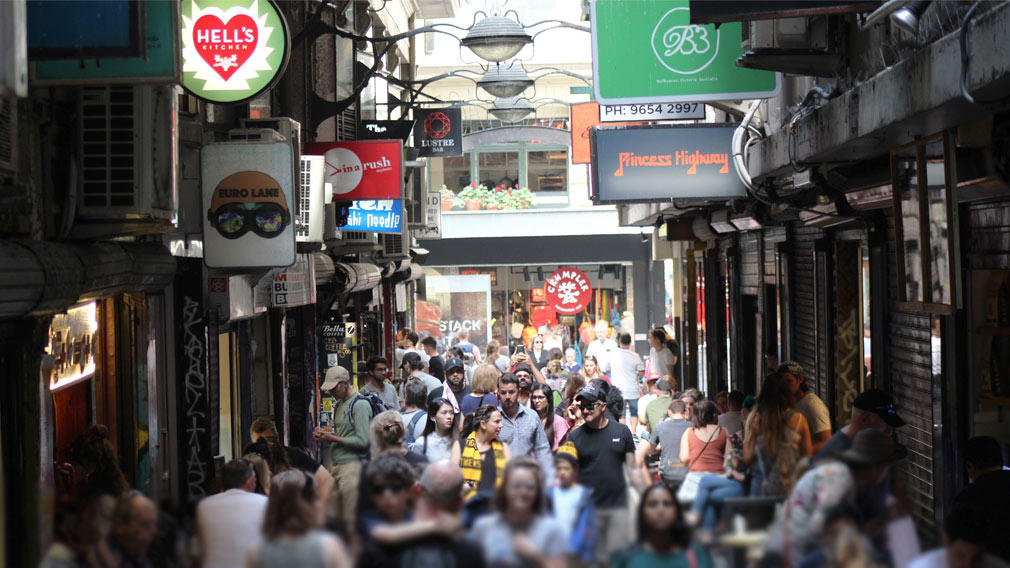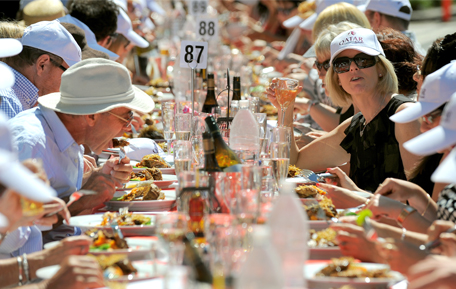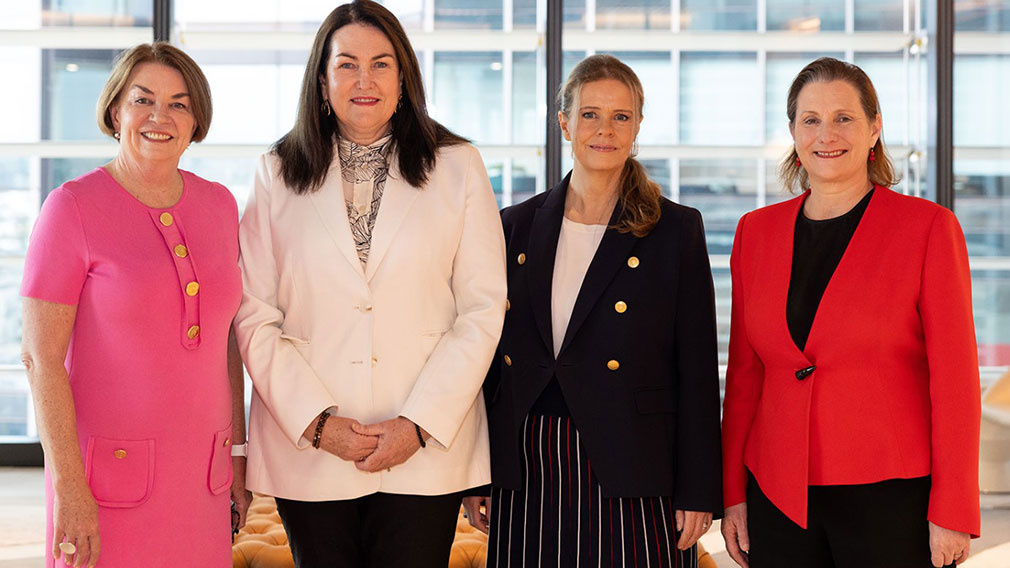A toast to food’s tantalising contribution

Victoria’s food industry contributes almost $12bn to the state economy each year. (Emma Foster)
Melburnians’ love affair with the latté is no secret.
Over the years since coffee reportedly sprung up in the city in the late 1800s, it has become ingrained in the culture and helped spawn our thriving hospitality sector, which generates more than $5 billion in turnover to Victoria’s economy each year and ranks as one of our major employers.
Following the Second World War, Italian immigrants drove the growth of our lauded agricultural industry and have gone on to produce some of the respected wines still enjoyed around the world.
Chinese immigrants, originally lured by gold in the mid-19th century, worked as market gardeners or opened cook shops on the goldfields before later developing Chinatown in Melbourne, which we know and love today.
Amid heightened and understandable debate about population growth and immigration in Australia, it’s clear migrants have had a positive impact for many years on our state’s economy. In fact, Victoria is Australia’s fastest growing state, underpinned by our strong international migration flows as people from the likes of Vietnam, Cambodia, India, Ethiopia and Sudan set about making a new life on our shores.
Long-term planning around infrastructure, schools, hospitals and other services is obviously critical.
But it’s worth remembering that many immigrants to Australia and Victoria are skilled migrants, contributing to a range of industries. Despite the odd negative headline in recent times, research shows that ethnic and multilingual communities not only contribute to our rich and diverse culture, but also strongly enhance our export opportunities and collaborative global innovation, as well as attracting investment.
They also bring their flavours and traditions, tantalising our taste buds and enriching our agriculture and food industries. In fact, a walk around many suburbs of Melbourne shows that our modern restaurant and café dining scene we’ve come to love probably wouldn’t be the same without migrants.
Some, such as Johnny De Francesco, the owner of pizza business 400 Gradi and a Bank of Melbourne client, are now expanding offshore.
In Victoria, there’s a long history of food bringing people together from many different cultural backgrounds.

Guests enjoy the world's longest lunch at Melbourne's 2010 Food & Wine Festival. (Getty Images)
Last week I sat down with 1700 people along the banks of the Maribyrnong River in Footscray for the World’s Longest Lunch, the traditional start to the Melbourne Food and Wine Festival.
It promises to be a far less intimate meal than dinner with my family, which usually involves sitting down with my husband and three sons, switching off the devices and enjoying a meal. Yet I know my fellow diners on the Maribyrnong River will be connecting through food inspired by a blend of Indian, Italian, Vietnamese and Cambodian roots.
And there’s a lot to be proud of.
While Victoria accounts for only 3 per cent of Australia’s landmass, it produces more than one quarter of the nation’s total food and fibre exports across the likes of dairy and fruits. The industry contributes almost $12bn to the state economy each year and employs 190,000 people in the food and fibre supply chain from farm to market, accounting for one in six regional Victorian jobs.
The wine industry directly employs more than 13,000 people in Victoria and, from the vineyard to the glass, contributes an estimated $7.6bn to the Victorian economy. And that’s not including flow-on benefits from the likes of tourism.
Our food industry drives jobs and growth while bringing together all the people and cultures across our local communities.
I will raise my glass to that.


